1-What can I do that I couldn't do before?
I can use a lot of vocabulary.
2-Can I understand information from LISTENINGS?
Yes I can
3-Can I WRITE a brief paragraph ?
Yes I can
4-Can I SPEAK using vocabulary and grammar learnt this term?
Yes I can
5-Can I understand information from READINGS?
Yes I can
6-What do I like most?
I like most work in groups
7-What do I do well?
I do well translation
8-What am I confused about?
I'm confused about some listenings
9-What do I need help with?
I don't need help
10-What do I do in English outside the class?
I do English classes.
11-What do I need to improve?
I need to improve listenings.
LAURA DIEGO PORTFOLIO
IESO TOMÁS BRETÓN (VILLAMAYOR,SALAMANCA)
Thursday, 12 March 2020
WIRITERS PROJECT

MY PART: THE LORD OF THE RINGS
AUTHOR
He was a British writer known for his most famous work "The Lord of the Rings" and a classic of fantastic literature.
After publishing some essays Tolkien began writing about medieval times and fantastic elements.
BACKGROUND
The background in which this work is located is in an environment of the middle ages in addition to the story is made in a fantasy kingdom.
In this environment medieval battles are carried out apart from other epic and fantastic actions, like battles with fantastic creatures.
CHARACTERS
Frodo Bolsón: It is a hobbit that lives in the region, it is also called "Ring Bearer", Frodo was in charge of taking the Ring to the Mount of Destiny, in Mordor to destroy it.
Sam Gamyi: He is a hobbit who also lives in the region, who accompanies Frodo during all the history and saves him several times.
Aragorn: He is a human man who grew up in the kingdom of the elves and is also a descendant of the king of Gondor, is part of the community of the ring and fights against the troops of mordor.
Gandalf: He is a wise magician who is also part of the community of the ring, who helps Frodo on numerous occasions in his mission of destroying the ring like the others fighting against Sauron's tropos.
Eowyn: She is a noblewoman from the kingdom of Rohan who, although she was a woman, could not participate in the battles against Mordor, posing as a man to go.
Sauron: It is the antagonist of history, governor of Mordor, and who is slowly reliving.
PLOT
The book is based on rings of power that were distributed among the other kingdoms but another ring was forged for sauron the king of mordor, this ring was taken away. and went to the hands of the hobbits. Next to the community of the ring the hobbit frodo is heading towards mordor to destroy this ring.
OPINION
I think that this book a an incredible example of a fantasy book. And I like it because there are different types of characters that are developed during the story.
GLOSSARY UNIT 4
-Amusing: something very funny.
-Upsetting: something annoying.
-Burst out laughing: to start laughing loudly and suddenly.
-Misunderstanding: something misunderstood.
-Warn: to advice.
-Spread news: let people know a notice.
-Gap: head injury.
-Text: to write to someone.
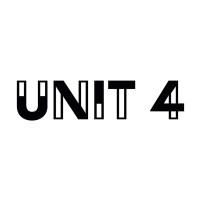
-Upsetting: something annoying.
-Burst out laughing: to start laughing loudly and suddenly.
-Misunderstanding: something misunderstood.
-Warn: to advice.
-Spread news: let people know a notice.
-Gap: head injury.
-Text: to write to someone.

GLOSSARY (THE CANTERVILLE GHOST)
-Ambassador: accredited diplomant sent by a country as its representative in a forign country.
-Coffin: wooden box for putting a dead body in.
-Estate: large area of land in the countryside.
-Hell: place where bad people go after death.
-Peashooter: object used to fire peas or other small things at people.
-Pray: ask a god for help.
-Reach: touch by extending the hand or arm.
-Revenge: vengeance.
-Sins: immoral acts.
-Stab: push a knife into a person.
-Tore: made a hole in something.
-Weak: no strong.
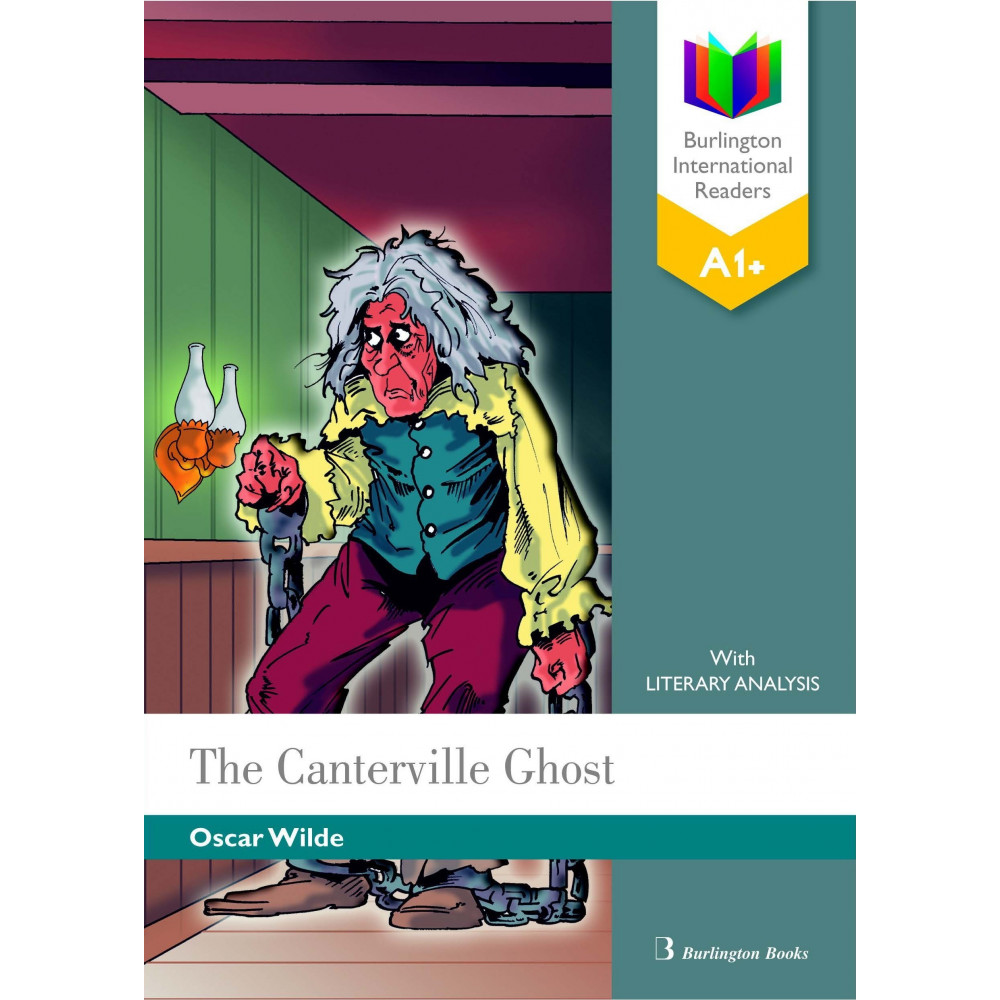
-Coffin: wooden box for putting a dead body in.
-Estate: large area of land in the countryside.
-Hell: place where bad people go after death.
-Peashooter: object used to fire peas or other small things at people.
-Pray: ask a god for help.
-Reach: touch by extending the hand or arm.
-Revenge: vengeance.
-Sins: immoral acts.
-Stab: push a knife into a person.
-Tore: made a hole in something.
-Weak: no strong.

Saturday, 8 February 2020
Sunday, 1 December 2019
AUSTRALIA PROJECT
Click on AUSTRALIA to see the presentation.
MY PART:


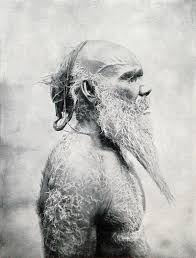
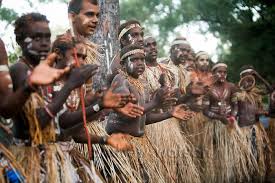
MY PART:
History:
Fifty million
years ago the Australian continent broke away from the great southern landmass
of Gondwanaland, which comprised South America, Africa, India, Australia and
Antarctica. Apart when the sea level was 100 metres lower than it is today,
Australia existed in isolation. This resulted in the evolution of vegetation
and wildlife which is unique.
The first known
Europeans to land were Dutch. In 1606, William Jansz landed on the west coast
of Cape York Peninsula. The Dutch named this land New Holland, but showed no
interest in further exploration.
In April 1770,
Captain James Cook landed in Botany Bay and claimed the east coast for the
English Crown. sing numbers. Further exploration, often dangerous, revealed
that the land known as New Holland and the English colony were one and the same
large island.
Tribes:
Most of them are
nomads and although they have different customs they have many characteristics
in common.
Although more
than 250 languages existed in the country before the British colonization,
this figure is much smaller today.
The mythology of
each tribe is varied and is transmitted orally
In western
Australia there are some paintings that represent these beings.
The most
important tribes of Australia are:
-Anangu: It is located in the west deserts of
Central Australia. His culture and set of beliefs is known as Tjukurpa, whose
knowledge is transmitted orally.
For this town,
the Uluru or Ayers Rock is a sacred place, as it was the area where two important
battles related in their mythology were fought.
-Arunta: Also
known as arrente. It is located in central-northern Australia, around the
MacDonnell mountain range. They are a total of six groups of family clans.
The society of
this Australian aboriginal people is polygamous, so they accept marriage with
more than one person. In addition, homosexuality is widespread among men. The
clothing is made with animal skins and decorate his body with jewelry.
-Koori: In the
southeast of the country we find the koori. Its economy is based on the
collection of fruits, carried out by women, and hunting, for which they use
different techniques such as costumes or claims. In addition, they use the
boomerang, a weapon that, if it fails to hit anything, returns to the place
from which it was launched.
Saturday, 30 November 2019
SELF-ASSESMENT 1st TERM
1-What can I do that I couldn't do before?
I can write about things that happened in the past.
2-Can I understand information from LISTENINGS?
Yes I can
3-Can I WRITE a brief paragraph ?
Yes I can
4-Can I SPEAK using vocabulary and grammar learnt this term?
Yes I can
5-Can I understand information from READINGS?
Yes I can
6-What do I like most?
I like most work in groups
7-What do I do well?
I do well grammar
8-What am I confused about?
I'm not confused about anything
9-What do I need help with?
I don't need help
10-What do I do in English outside the class?
I do English classes.
11-What do I need to improve?
I need to improve listenings.
I can write about things that happened in the past.
2-Can I understand information from LISTENINGS?
Yes I can
3-Can I WRITE a brief paragraph ?
Yes I can
4-Can I SPEAK using vocabulary and grammar learnt this term?
Yes I can
5-Can I understand information from READINGS?
Yes I can
6-What do I like most?
I like most work in groups
7-What do I do well?
I do well grammar
8-What am I confused about?
I'm not confused about anything
9-What do I need help with?
I don't need help
10-What do I do in English outside the class?
I do English classes.
11-What do I need to improve?
I need to improve listenings.
GLOSSARY UNIT 2
Dull: something boring.
Hilarious: something very funny.
Predictable: something that you can predict what is going to happen.
Box office: the place where the tickets are selling in a cinema, theatre, etc.
Income: is the money received.
Bestseller: a book or other product that sells in very large numbers.
Hit: song that has a great selling success.
Plot: the main events of a novel,film, etc.
Fairly: quite.
Pretty: fairly.

Hilarious: something very funny.
Predictable: something that you can predict what is going to happen.
Box office: the place where the tickets are selling in a cinema, theatre, etc.
Income: is the money received.
Bestseller: a book or other product that sells in very large numbers.
Hit: song that has a great selling success.
Plot: the main events of a novel,film, etc.
Fairly: quite.
Pretty: fairly.

Friday, 29 November 2019
GLOSSARY UNIT 1
Badly-behaved: someone or something rude and don't follow the rules.

Compulsory: something obligatory.
Fair: treating people equal without favouritism
Voluntary: do an act on your own
Feel homesick: sad from a longing for home while away from them for a long time.
Easy-going: someone easy to deal.
Warrior: a soldier or fighter.
Achievement: a thing done successfully with effort.
Thursday, 28 November 2019
IRELAND PROJECT
TRADITIONS








1- ST. PATRICKS DAY: Celebrated on the 17th of March every year, everyone gets involved in this public holiday. This day is both a cultural and religious celebration of St. Patrick who was involved in converting Ireland’s inhabitants to Christianity. Parades and Festivals take place, with the main event happening in Dublin city, while local villages and towns also have their own events. Displays of music, art, and elements of humour provide a friendly welcoming atmosphere. Many businesses in Ireland close on this day.
2- BLOOMSDAY: The Bloomsday is an annual event, which they celebrate in honor of Leopold Bloom, the main character in the novel Ulysses by James Joyce. It is celebrated all 16th of June, since 1954 and those who celebrate it try to eat and dine the same as the protagonists of the work, and hold meetings in Dublin to follow the exact itinerary of the action.

3- SAMHAIN: It was the Celtic New Year. This festival began when the Celts in Ireland honored Saman or the Lord of the Dead. It is currently what is called Halloween celebrated in many other countries of the world. Children dress costumes and masks and carry lanterns lit from house to house to receive treats or play a trick. The flashlights they carry are often made of turnips with scary faces and candles inside.

TRADITIONAL FOOD AND DRINKS
1- SODA BREAD: Every family in Ireland has its own recipe for soda bread. Some like it sweet with a spoonful of honey, sugar or dried fruits. Others prefer sprinkled-in seeds, bran and oats for a health boost, or treacle and Guinness for the opposite effect. However, the basic ingredients don’t change: are bicarbonate of soda and buttermilk form the raising agent, which is mixed in with flour, and spread liberally with butter.
2- BOXTY: Is potato dumpling, The recipe calls for grated raw potato to be mixed with mashed potato and then either: mixed with flour and salt and boiled before being sliced and fried in butter .Try it alongside bacon and eggs or smoked salmon.
3- CODDLE: Coddle: it is made with slices of pork sausage sliced and wrapped in bacon. All mixed with sliced potatoes and onions. Some traditional recipes include a small amount of Guinness.
4- IRISH PUNCH: It is famous worldwide, its preparation is based on Irish whiskey, orange bitter, lemon and orange juice, pear, cinnamon, cinnamon syrup, nutmeg and ice.
5- IRISH COFFEE: In Ireland, coffee is prepared with a particularly bitter taste, caramelized sugar and whiskey.
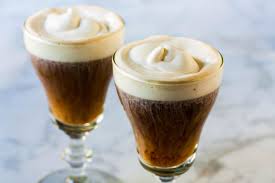

Subscribe to:
Posts (Atom)